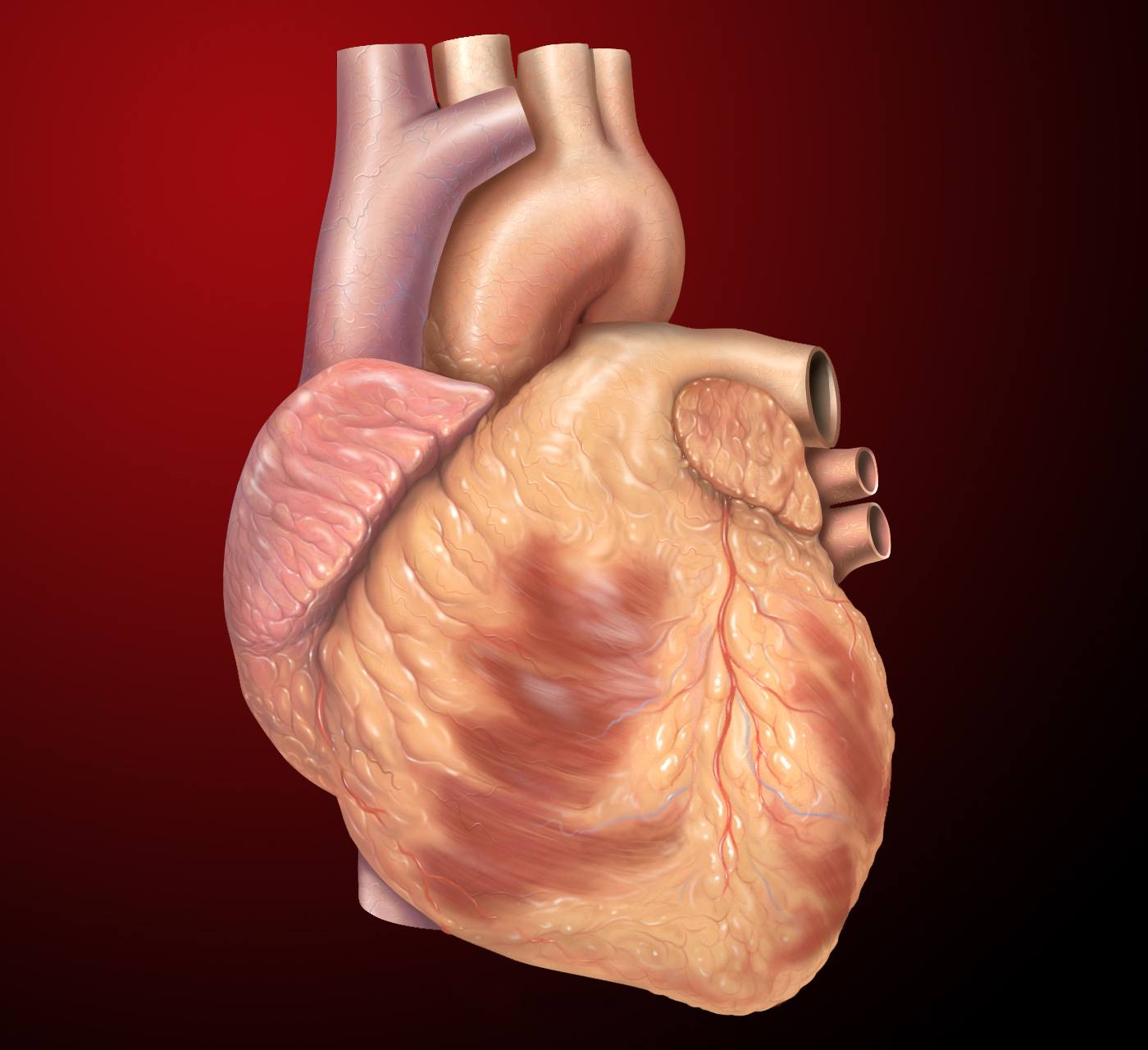
Cardiac Output and Venous Return
Assessment
•
May Penarroyo
•
Science
•
University
•
119 plays
•
Medium
Improve your activity
Higher order questions
Match
•
Reorder
•
Categorization
.svg)
actions
Add similar questions
Add answer explanations
Translate quiz
Tag questions with standards
More options
15 questions
Show answers
1.
Multiple Choice
True
False
2.
Multiple Choice
True
False
3.
Multiple Choice
The term afterload is defined as
volume of blood in the ventricles
volume of blood in the atria during diastole
resistance to blood flow out of the ventricle during systole
pressure of left ventricle during diastole
4.
Multiple Select
Cardiac output is affected by
age/ gender/ body size
oxygen demand of body
viscosity of blood
5.
Multiple Choice
Which of the following causes an increase in cardiac output?
Increase in contractility and decreased in preload
increase in afterload
increase in both contractility and preload
increased in preload and decrease in contractility
6.
Multiple Choice
Calculate the Cardiac output
SV= 70 ml/beat
HR = 75 beats/min
5 L/min
5.25 L/min
5.5 L/min
5.35 L/min

Explore this activity with a free account
Find a similar activity
Create activity tailored to your needs using
.svg)

Circulatory System
•
5th Grade

Blood Flow Through Heart
•
University

Heart
•
5th - 6th Grade

Respiratory and Circulatory System
•
4th - 5th Grade

Circulatory System
•
6th Grade

Circulatory System
•
7th Grade

Cardiovascular Quiz
•
7th Grade

Heart Structure Quiz
•
10th - 12th Grade